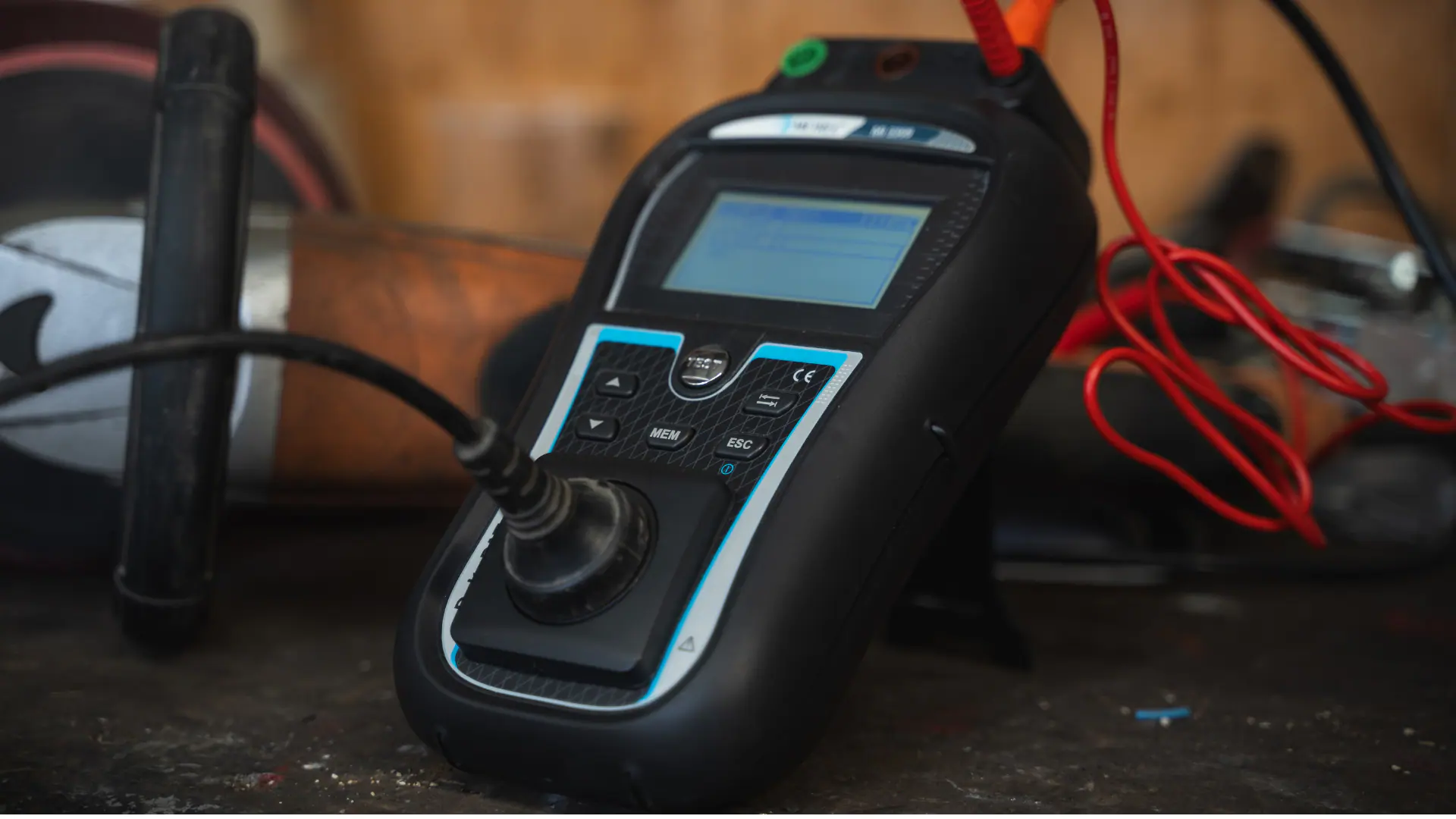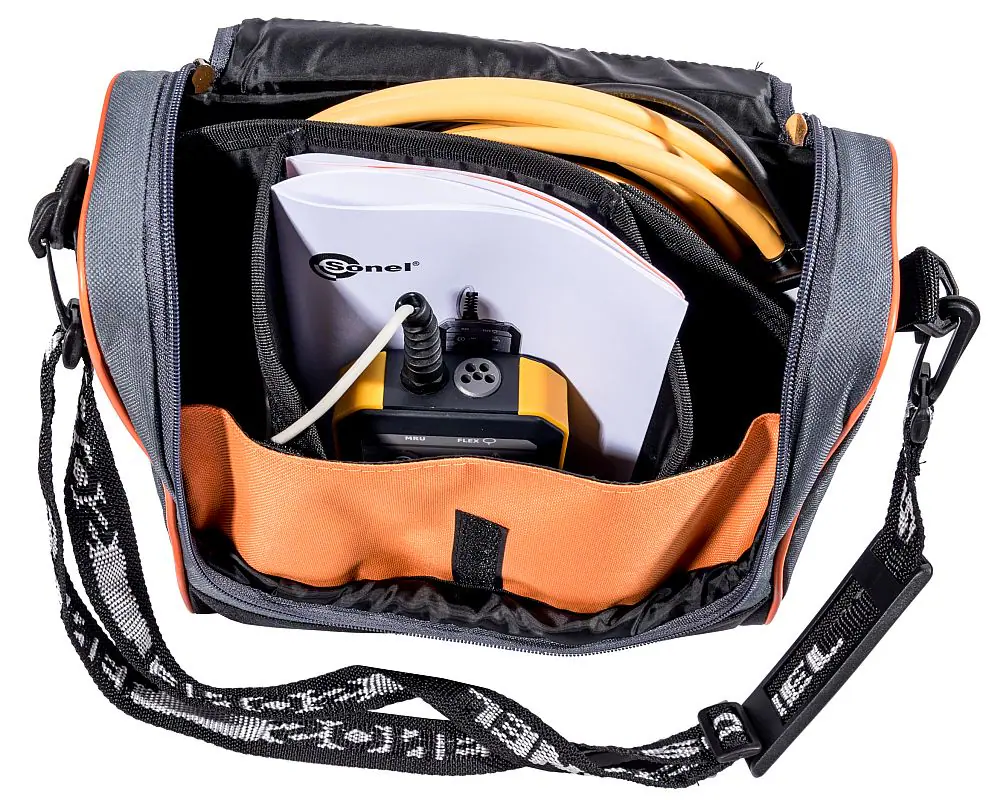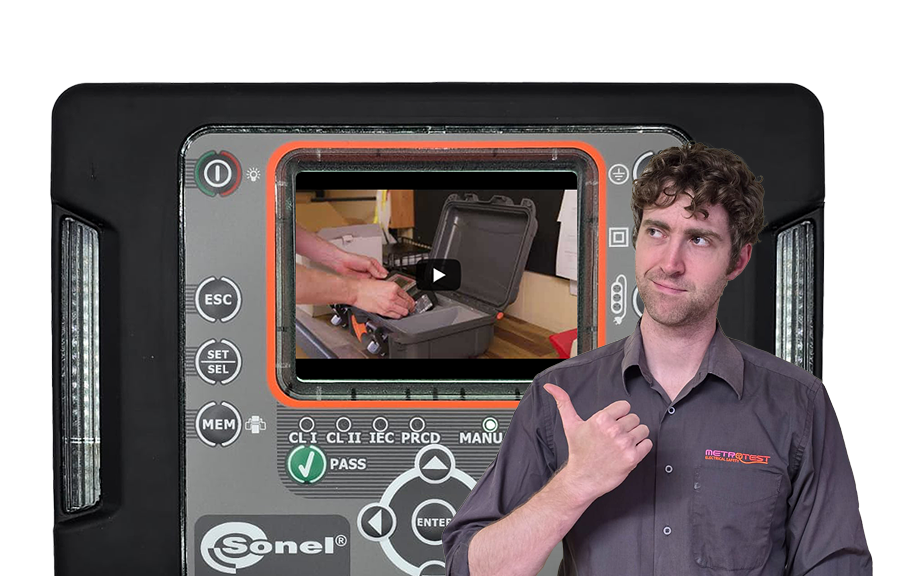TYPES OF TEST
Get Your Equipment Certified By Our Test & Tag Technicians

This is very important as approximately 90% of faults can be found by this inspection alone.The Visual Inspection is not just an inspection, it basically is‘everything but’what is done during the actual electrical testing process. This part of the testing process may involve:
- Smelling
- Pulling on leads
- Tapping the appliance
- Shaking
- Turning some part/s
- Checking by trying to see that retractable guards actually retract… and all manner of other things may be done to ensure that it is safe to operate.

Legally it is a requirement – but is it really necessary? Potentially the most dangerous appliances are Class I appliances (earthed appliances) eg microwave ovens/bench grinders and the like, but also in this category are extension leads.
Class I appliances are designed to have an earth – this means that in the example of the floor polisher the body of the polisher is connected to earth – literally to the ground via an earth conductor which goes right back to the building switchboard and then into the ground the building is sitting on. If this conductor is damaged anywhere then the consequences can be fatal – this has been explained in greater detail below. It is obvious therefore that the conductor needs to be tested.
The difference between using a Multimeter and a PAT Tester with a high current earth bond capability is that a Multimeter does a Continuity Test where as a PAT Tester does an Earth Bond or Earth Integrity Test.
There is a VERY BIG DIFFERENCE between the two tests.







